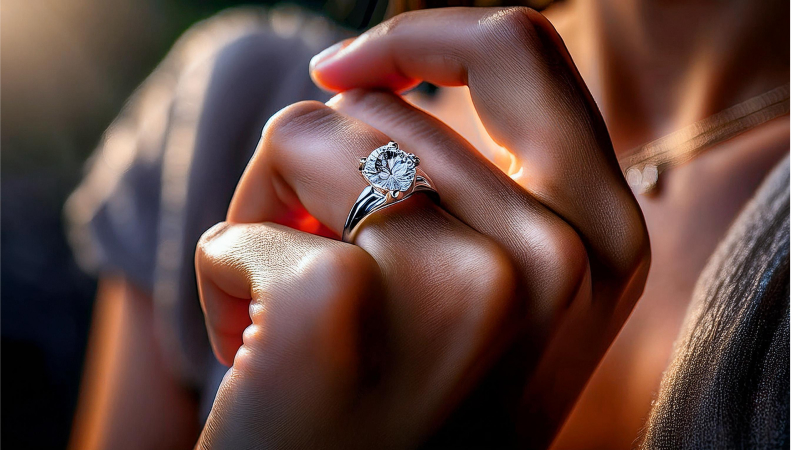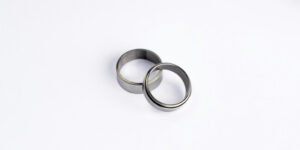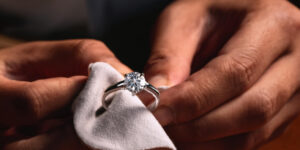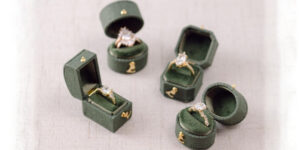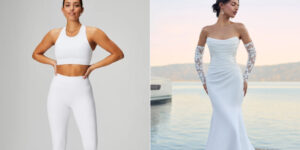Determining How Tight Should You Size Your Ring is essential for both comfort and security. A ring should fit snugly enough not to move easily around your finger while still being loose enough to slide over the knuckle. This balance can be delicate, as finger size varies with temperature, time of day, and activity level. Knowing the size and design of the ring helps achieve the perfect fit, ensuring comfort for regular wear and minimizing the risk of slipping off.
To answer the basic question, how tight should you size your ring? Here’s a comprehensive guide to help you choose the ideal ring size by taking into account important factors including daily routines, weather, and ring style.
Key Considerations for Finding the Perfect Ring Size
The biggest consideration in choosing a ring is that when wearing it should fit without being too tight. As a rule, the ring should stay in place, but the sensation should not be too constricting. Here’s what you should consider
1. Comfort Fit
A ring should be able to slide over your knuckle fairly well but shouldn’t be slipping off your fingers. It should remain in place throughout the usual activities, yet you should easily be able to rotate it without necessarily twisting it.
2. Temperature and Swelling
Fingers can get inflamed especially with heat or exercise, therefore to get the correct size of the ring one has to consider the time of day. Early morning, your fingers are typically shorter and as the day progresses, your fingers become larger. However, the best time of the day to use this method to determine your ring size is at the end of the day when your fingers are swollen.
3. Ring Style
The ring style is central to the definition of the right size. Different styles and band widths can affect how a ring feels and fits on your finger
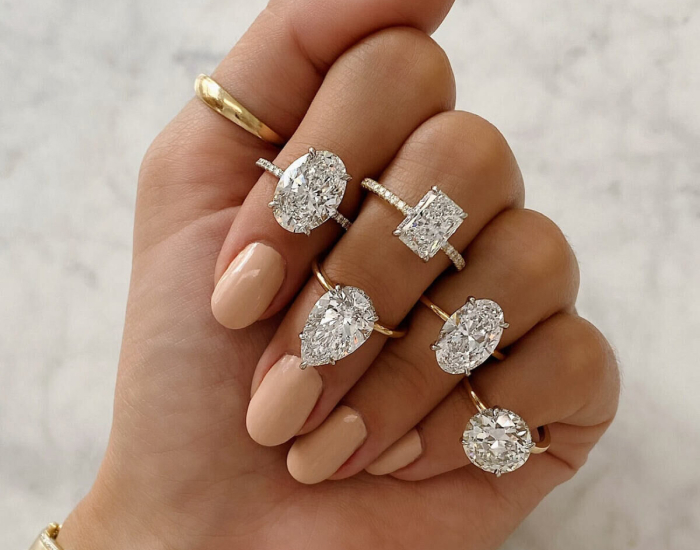
Wide Bands: It is suggested that rings with a wider band feel happily tighter. They can be tight because they encase more area on your finger, but you will feel pressures that make them feel tight.
Thin Bands: Compared to wider bands, thin or delicate bands encircle a bit more away from your finger so they feel slightly loose on your finger.
Stacked Rings: If you intend to wear more than one of the rings on the same finger it’s advisable to size up.
Eternity Bands and Detailed Designs: Engagement or wedding rings with stones or engraving, or full band rings such as eternity rings also determine fit. In case the ring has a lot of surface structure, opt for a size that will allow for the structure without feeling constricted.
4. Weather and Activity
If you live in regions that are characterized by high temperatures or if you are a sportsman or a physical trainer, then you need to consider fluctuations in the size of your fingers. Your fingers may be large due to heat, or they may be small due to cold.
5. Fit Test
A ring that is properly sized should be able to slide over the knuckle with a little force. It should also neither be very loose to twist nor very deep to slide to the other end. Jewelers use sizing tools to assist you in ascertaining your best fit. They can also provide information according to your finger shape, the size of your knuckle, and the ring style you prefer.
Choosing a Perfect Ring Factors to Consider
The following tips can help you in making a good choice of ring.
1. Ring Size and Fit
Many people believe that the size and fit of the product are critical for comfort and safety. Before purchasing any ring, it is advisable to accurately measure the size of the ring and sometimes it’s better to do it with the assistance of a professional.
2. Metal Type
Various materials vary in appearance, hardness, and softness depending on the metal that is used. Common options include:
Gold (yellow, white, rose): Traditional, luxurious, noble and heavy but slightly softer than some other metals.
Platinum: Very hard-wearing, non-intrinsically inflammable, non-irritant, and possesses a silver luster, but can be costly.
Silver: Inexpensive and chic, yet prone to oxidation or eroding quickly in contrast to other metals.
Titanium or Tungsten: Famous for its durability, and relative freedom from scratching, suitable for everyone who lives an active life.
3. Style and Design
Consider the ring’s general style, whether it is intricate with engravings or distinctive shapes, whether it is straightforward and traditional. Styles range from simple bands to elaborate patterns, stones, or personalized engravings.
4. Stone Selection (if any)
If the rings have some gemstones in them, then one needs to think about
- Types of gemstones (for example, diamond, sapphire, emerald).
- Cut, color, clarity, and carat of diamonds.
- Positioning styles such as prong, bezel, channel, and others concerning security and style.
5. Durability and Lifestyle
Some rings can bear wear and tear of daily use more than others. If you lead an active life or your occupation requires you to use your hands a lot, choose a material that can be easily replaced and a low-profile setting to avoid injuries.
6. Maintenance Needs
Some of the metals and stones have to be maintained often. For example, platinum is quite durable, but it might tarnish with use, white gold will require touch-ups due to its color.
7. Comfort and Weight
The width, thickness, and weight of a ring might cause discomfort. Wider bands will therefore feel tighter and can also be heavier. There are individuals for whom a soft ring is more satisfactory, and there are those for whom having a more massive piece at hand is comfortable.
8. Personal and Symbolic Meaning
The design, stones, and even engravings you choose may be influenced by the specific connotations that rings hold, such as engagement, marriage, or heritage. Think about choices that express the feeling you wish to express.
9. Budget
In terms of price, rings can be cheap and expensive depending on the material used, the type of gems used as well as the kind of workmanship done. Choose an affordable, yet comfortable pair, considering a budget that will help in the selection without neglecting quality.
10. Allergies or Sensitivities
For those who have skin allergies to metal, find jewelry that is made of platinum, titanium, or gold without nickel.
In conclusion, the choice of the ring size is of great importance both as a question of comfort and security. An appropriately sized ring should be easy to remove when necessary, lay securely at the base of your finger without spinning too much, and slide over your knuckle with only a little resistance. Bear in mind that fingers change in size over time because of factors such as temperature and other activity. To get the right size, it is recommended to visit a jewelry store to get your size taken from different aspects as they can incorporate all these aspects.

